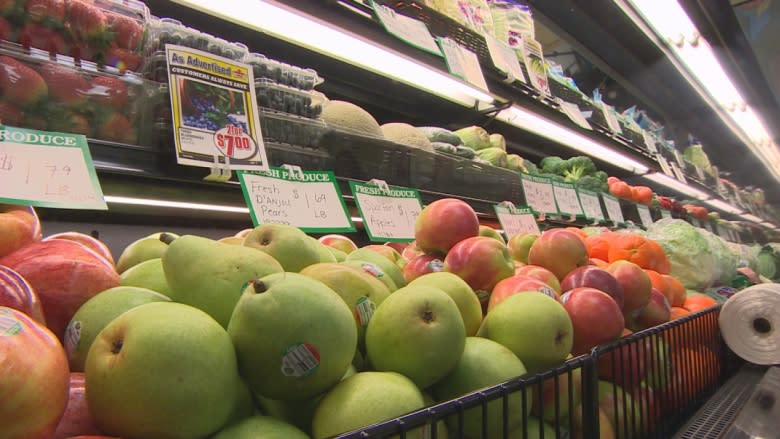Industry disruptors change food culture slowly: Andrew Coppolino
Newspapers and TV, taxi services, the hotel industry: these businesses are in the midst of cultural disruption. And like many aspects of our society whose stability we had taken for granted, food culture is also subject to disruptions.
How could it not? Our modern food system – the way our food is grown, harvested, processed, packaged and distributed – is more than 50 years old. But there's innovation in food, altering that system, albeit slowly.
Because we are so embedded in food, and it embedded in us, that we may not see these smaller, incremental changes that we are part of.
It actually started a decade or so ago. Our homogenized, uniform North American grocery store has been broken down into particular segments: local, organic, vegan, lactose-free and the simmering issue of labelling and genetically modified foods.
Many restaurants feel pressure to serve these consumers at the same time they deal with movements seeking to disrupt long-established tipping and labour practices.
Very recently, food-ordering apps and Uber-style food delivery services have changed the way people eat – and whether or not they even visit a restaurant.
In food production, an obvious disruption to a formerly monolithic industry of a scant handful of global companies controlling brewing has been given a poke, if not turned on its head, by smaller and intensely local craft beer businesses. And those are just few examples.
Starts with restaurants
A recent panel of chefs, restaurateurs and academics in hospitality, agriculture and food science discussed innovations in the food industry at the University of Guelph (UG) and pointed out that small, seemingly inconsequential, grass-roots initiatives can be the vector of change in the larger industry.
For instance, a relatively small but growing sector of restaurants and diners who want more sustainable local food and agriculture than our industrial system currently offers is slowly changing food and eating for the better. That's according to Bruce McAdams, a restaurant veteran and researcher and instructor at UG's School of Hospitality, Food and Tourism Management. Can the one per cent who are engaged in and represent change "pull along" the rest of the system as he describes it? McAdams says they can.
"It starts with the restaurants. The way it's pulling is you have these independent, finer dining chefs that are really innovating and pulling out all stops to find local ingredients. The next layer of dining is a little bit more volume and a little less level of dining. These chefs are looking at those people and are saying, 'I want to do that as well, but I have some volume and I work within conventional food supply chains. How can I start implementing some of these ideas?'" says McAdams.
Where it is possible – where there is the will to change – those chefs are being inspired by the innovators and are starting to create their own local supply chains, according to McAdams.
"If you look at a foodservice company like GFS, their list of local ingredients has grown three-fold in the last five years from 300 to something like 1,000 items that are local in nature," he said.
Rattling supply chains
The way we eat, what we eat, where we eat and how we think about eating is slowly changing and evolving away from conventional farming and industrial food production and toward shorter and more local supply chains that satisfy the growing food demands of both baby boomers and millennials.
Will it be easy? No, but then disruption never is.


